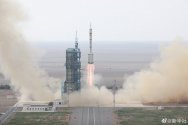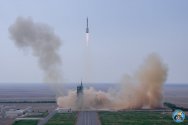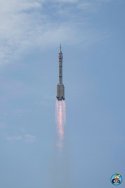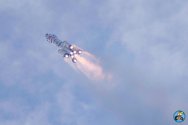I watched the broadcast and CCTV interviewed a department head (crew module?) and she spoke about the CZ-10 timeline. She first reiterated that the moon landing date is before 2030 then she said the CZ-10/next-generation crew module will follow a similar test schedule as the CZ-2F/Shenzou series. Specifically, she counted SZ Missions 1, 2, 3, 4, and 5. If we assume the landing will happen on the second crewed flight with the first flight orbiting the moon, we are talking about 6 CZ-10 launches before 2030. We are only 6 1/2 years away from 2030 so it sounds like the first unmanned CZ-10 launch should happen around 2025? Perhaps three test flights instead of four? Reasonable?
You are using an out of date browser. It may not display this or other websites correctly.
You should upgrade or use an alternative browser.
You should upgrade or use an alternative browser.
China's Space Program Thread II
- Thread starter Blitzo
- Start date
For example:
2027 - first CZ-10 launch with XZF-SC unmanned craft.
2028 - second launch with crew. Either a docking with CSS, or a resource flight to LEO.
2029 - two launches. Unmanned flight of spacecraft and lunar landing module, in A-9 pattern. Possible lunar orbit.
2030 - flight to the Moon.
2027 - first CZ-10 launch with XZF-SC unmanned craft.
2028 - second launch with crew. Either a docking with CSS, or a resource flight to LEO.
2029 - two launches. Unmanned flight of spacecraft and lunar landing module, in A-9 pattern. Possible lunar orbit.
2030 - flight to the Moon.
'Safer, more reliable' Shenzhou-16 spaceship using BeiDou navigation system: designers
By Sun Ye
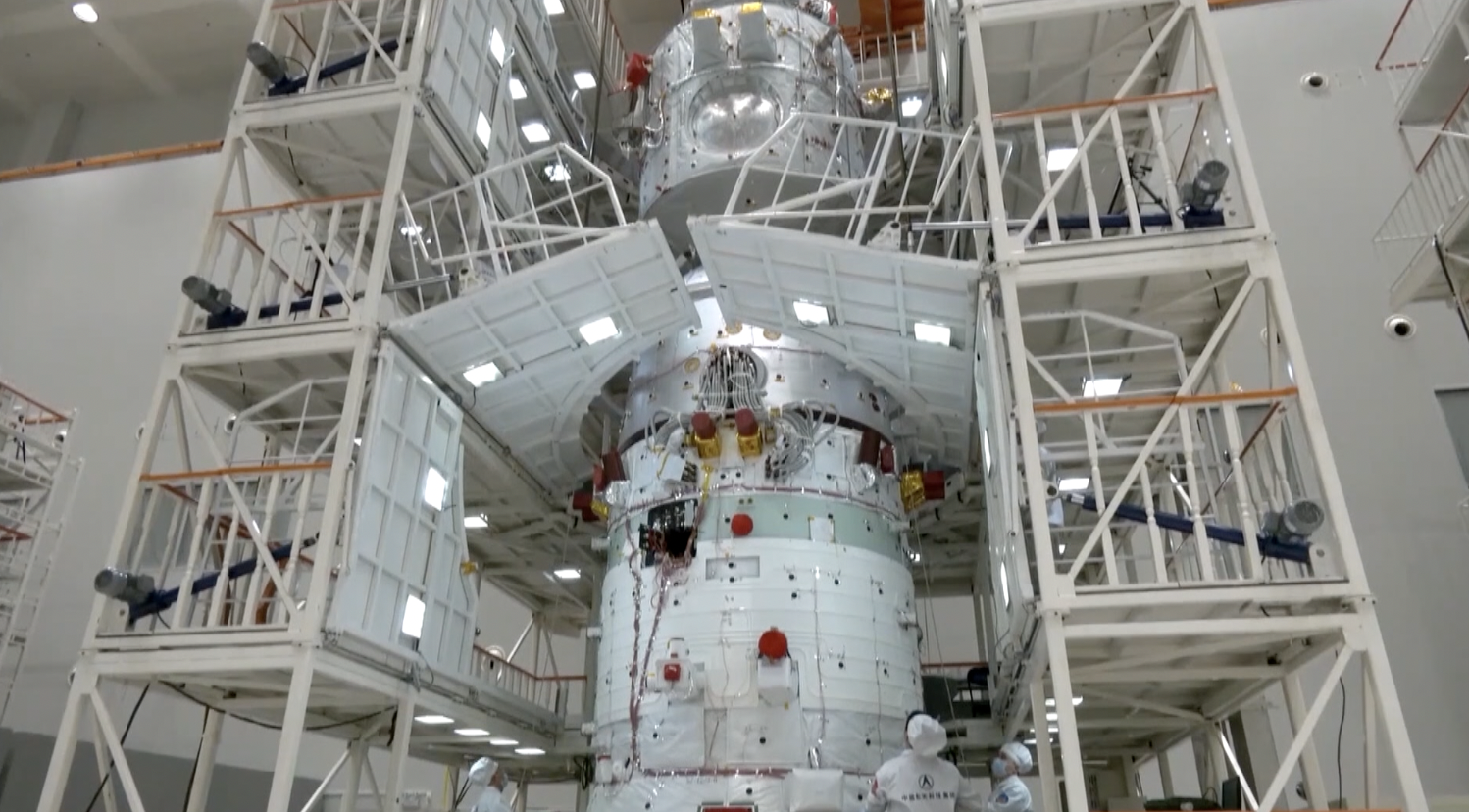
As China just launched its first manned mission since China Space Station (CSS) entered long-term operation, , engineers said over 100 technical improvements have been made across the spacecraft systems to ensure greater safety and reliability.
The Shenzhou-16 spaceship atop the Long March-2F rocket blasted off from the Jiuquan Satellite Launch Center in northwest China at 9:31 a.m., carrying three taikonauts into space.
Diao Weihe, chief electricity designer of Manned Spacecraft System with China Academy of Space Technology (CAST) told CGTN that over 100 technical improvements and upgrades have been made for the Shenzhou-16 manned spaceship, also the first in a new batch.
"The changes include using domestically made key components, making it more independent and more controllable. We have also used the BeiDou Navigation Satellite System, so the BeiDou application has been involved in the entire mission," Diao said.
Greater safety, reliability
Dai also mentioned that the Shenzhou-16 spacecraft is carrying a larger number of payloads than before, including payloads used for experiments.
And there are plans for new upgrades to Shenzhou manned spaceship in the coming years, for greater safety and reliability.
"The upgrade of critical components of the Shenzhou-16 spacecraft is comparable to upgrades to the muscles and bones of a body," he said.
"In the future, according to mission plans, we will also upgrade its heart, which is the energy system. The Shenzhou spacecraft already has a long history, and it will always be improving, making itself safer, more reliable, and more capable."
The Long March-2F rocket which carried the Shenzhou-16 spaceship into space has also been fine-tuned to improve safety and reliability, as engineers are working under the motto of "human spaceflight is a matter of life and death."
Chang Wuquan, director of design of the Long March-2F Carrier Rocket with China Academy of Launch Vehicle Technology told CGTN that the reliability index score for this Long March-2F Y-16 rocket has reached 0.9896, the highest score to date.
In addition, the Shenzhou-17 spacecraft is ready to be sent into space in the event of an emergency, another insurance for safety.

